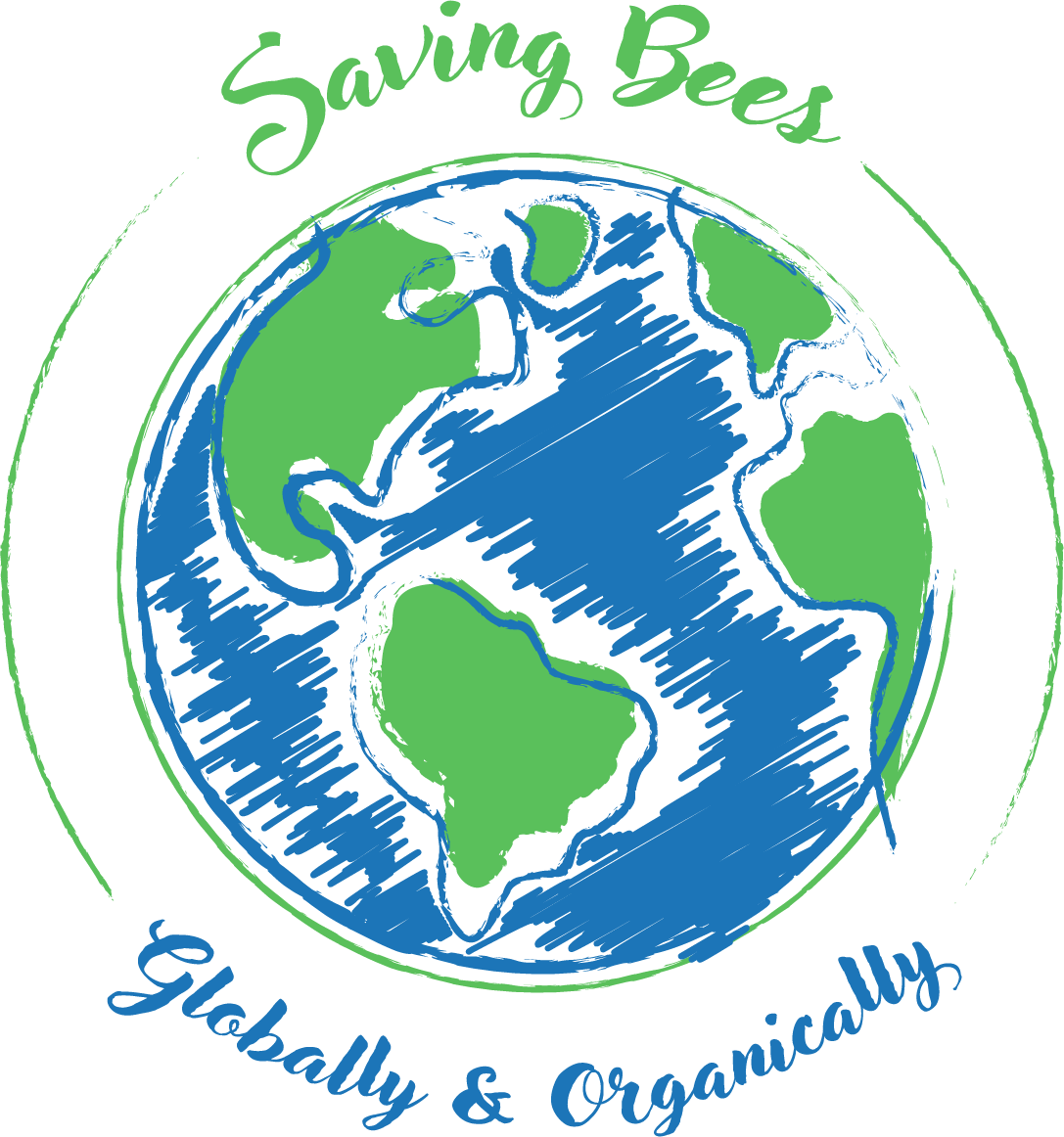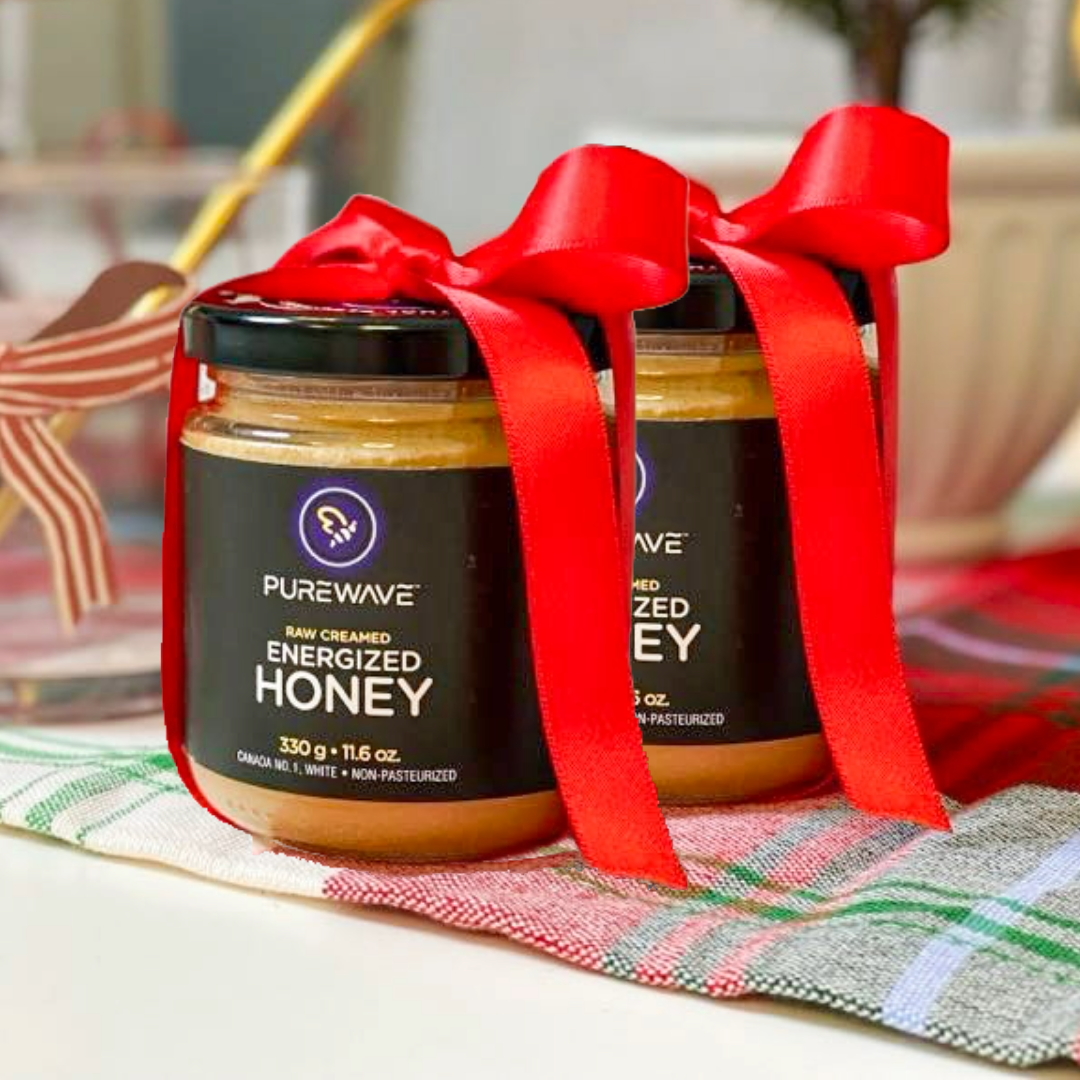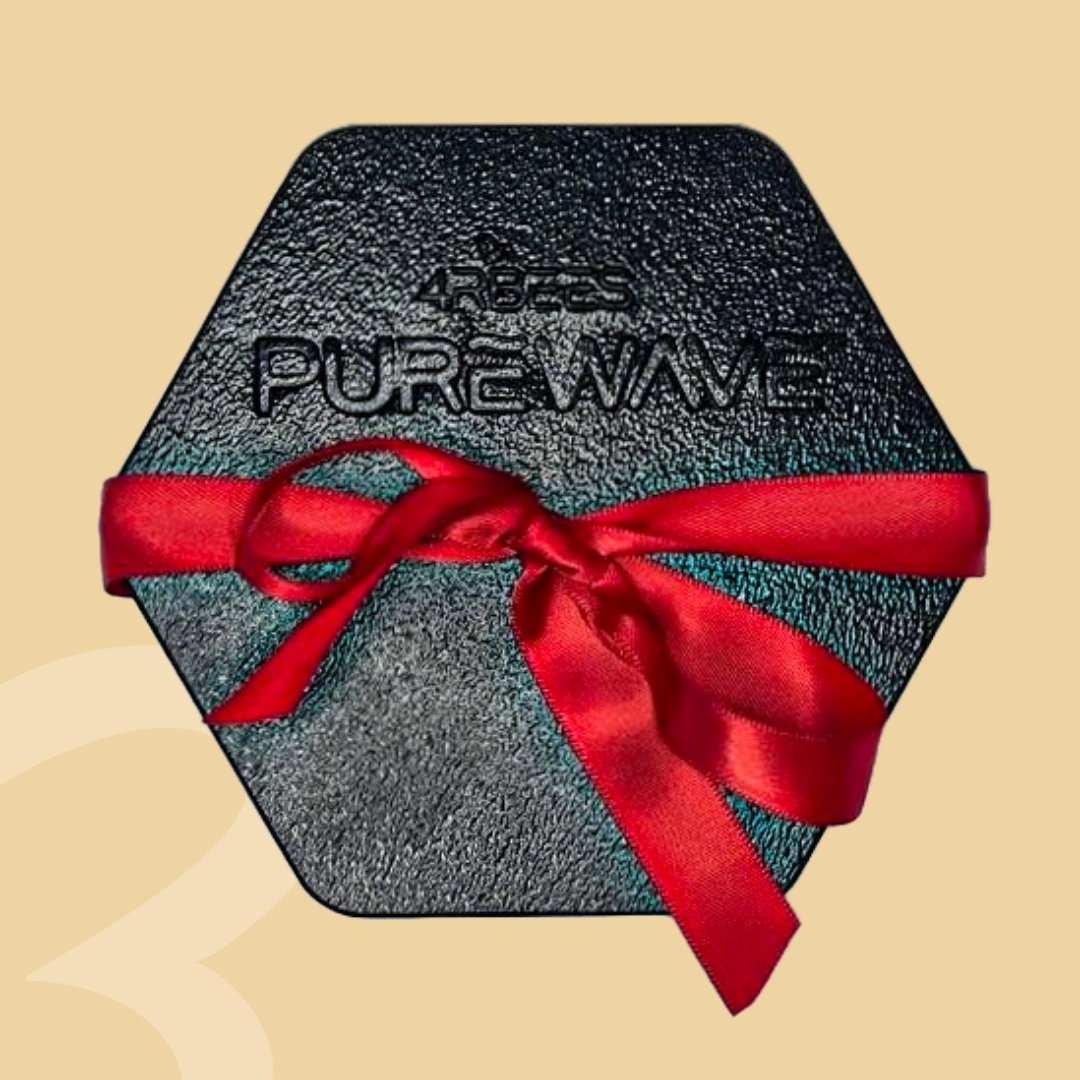
Can Royal Jelly Extend Your Life?
Share
Most of us already know that Royal Jelly is the only food given to the Queen Bee, thus the name “Royal Jelly”, referring to the “Royalty” of the Queen.
But what most people do not realize is that every bee is born exactly the same and share the exact same genome at birth. So what makes a Queen Bee different from a worker bee if they are all born identical?
Royal Jelly!
How Bees Use Royal Jelly
First off, all bee larvae are fed Royal Jelly for the first few days of their life to get them started. Then the Nurse bees select which larvae will be crowned Queen and they continue feeding the new Queen Royal Jelly while all other larvae receive only “bee bread” which is a mixture of pollen and honey.
According to an Essay published by Sayer Ji on his Substack (link below):
“Royal jelly is not just a nutritious food; it is a molecular message, a cross-kingdom communication that can sway development, longevity, and healing across species.”
It goes on to state:
“The presence or absence of royal jelly triggers a dramatic developmental divergence. The queen larva, bathing in an abundance of Royal Jelly, grows significantly larger ovaries and a different physiology than her worker sisters.
This phenomenon baffled scientists for ages -- how can food alone create a queen? The answer lies in bioactive compounds in royal jelly that act like developmental DNA signals rather than mere nutrients.”
What Makes Royal Jelly Special?
Royal Jelly contains a complex blend of proteins, sugars, fatty acids, vitamins, and hormones, making it a complete meal and veritable superfood.
But what truly sets it apart is its combination of specialized proteins and epigenetic factors that can flip genetic switches. One protein in particular drew early attention — a glycoprotein called Royalactin.
Researchers in 2011 identified Royalactin as a key molecule in Royal Jelly responsible for queen development. When isolated and fed to bee larvae, Royalactin on its own was sufficient to induce queen-like traits — larger size, developed ovaries and accelerated maturation.
Surprisingly, it even induced these effects in fruit flies, a distant insect relative. This suggested that Royal Jelly’s influence works via “conserved biological pathways” and can cross species.
Both queens and workers have the same DNA; what differs is which genes are turned on or off, and Royal Jelly is the environmental trigger that determines this pattern.
Could It Affect Other Animals?
If Royal Jelly’s Royalactin can trigger youthfulness and growth in bees, could it affect other animals?
Through the lens of nutrigenomics, Royal Jelly is not a mere nutrient source but a developmental "social signal" encoded in both biochemistry and biosemiotic significance. It carries instructions that activate specific gene networks like those for increased size, fertility, longevity — and deactivate others like genes that would lead to worker sterility or foraging behavior.
In honeybees, environmental information is literally fed to the genome. Young larvae represent a "responsive phenotype" whose fate is determined by this early diet signal.
This concept broadens to other organisms too. Our human diets likely send genomic information and codes as well. Royal Jelly is thus a dramatic case study of how food can function as a developmental regulator, an idea with profound implications for understanding nutrition, aging, and health across the entire animal kingdom.
How Does Royal Jelly Affect Mammals?
Scientists at Stanford decided to test Royalactin found in Royal Jelly on mouse embryonic stem cells. The results, published in 2018, were nothing short of amazing.
Royalactin prevented mouse stem cells from differentiating, effectively keeping them in a youthful, "naïve" state, even without the usual growth factors. Normally, stem cells in culture require a cocktail of signals to remain “unspecialized.”
Royalactin was able to replace those signals — the stem cells continued to self-renew, generation after generation, without maturing. In other words, something in Royalactin was activating a core pluripotency network of genes that maintain the stem cell's youthful potential.
The Discovery of “Regina”
This posed a fascinating puzzle. How could an insect protein influence mammalian cells?
Mammals don’t produce Royalactin, and yet the mouse cells were clearly responding to it. The Stanford team hypothesized that evolution might have a parallel solution — perhaps mammals have their own protein with a structure similar to Royalactin that serves a similar function in early development.
Using computational protein modeling, scientists searched the mouse and human genomes for proteins with a 3-dimensional shape that matches Royalactin's unique structure. They found a hit: a previously insignificant protein called NHLRC3, which is expressed in early embryos across animal species, from fish to humans.
When they produced NHLRC3 in the lab and added it to mouse stem cells, it mimicked Royalactin’s effects — the cells stayed pluripotent and youthful, showing the same gene expression profile as when exposed to Royalactin.
This protein was essentially a functional analog of Royalactin in mammals.
Fittingly, the researchers renamed NHLRC3 to "Regina," which is Latin for "Queen."
Why This Matters
“The discovery of Regina is profound. It suggests that the ability to promote stem cell self-renewal — to confer a kind of sustained youthfulness — is not unique to bees, but is an ancient, conserved mechanism in biology.
Royalactin in the hive and Regina in the mammal may represent convergent solutions to triggering growth and regeneration. This opens up broad implications in understanding the molecular regulation of stem cell fate across species,” as the authors wrote.
“It’s as if royal jelly had pointed us to a hidden fountain of youth factor in our own biology.”
PureWave™ Raw Quantum Energized Honey
PureWave Raw Quantum Energized Honey is 100% pure and contains all the natural enzymes, nutrients, propolis and royal jelly created by the bees — as 4RBees does not separate or filter out these powerful natural ingredients.
⚠️ Be careful when purchasing Royal Jelly products as a separate product. Almost all Royal Jelly products are produced in the Far East and may contain unsuitable levels of chemicals, pesticides, or other contaminants and may not be suitable for human consumption.
Start Your Anti-Aging Protocol
Start your own Anti-Aging Protocol today and take advantage of a Special 15% off all PureWave™ Honey with reduced flat fee shipping on a case of 12!
Just enter discount code ROYALJELLY when prompted during checkout.
And remember, every time you purchase or pledge to 4RBees you are contributing to a global movement to help save and protect the bees and the planet organically!
References
- The information in this article was originally written by Sayer Ji and first published on GreenMedInfo in 2016.
👉 Sayer Ji Substack Essay - Additional information was taken from the Study first appearing on PubMed from the National Institute of Health (NIH) entitled: Honey bee Royalactin unlocks conserved pluripotency pathway in mammals
👉 NIH Royalactin Study



